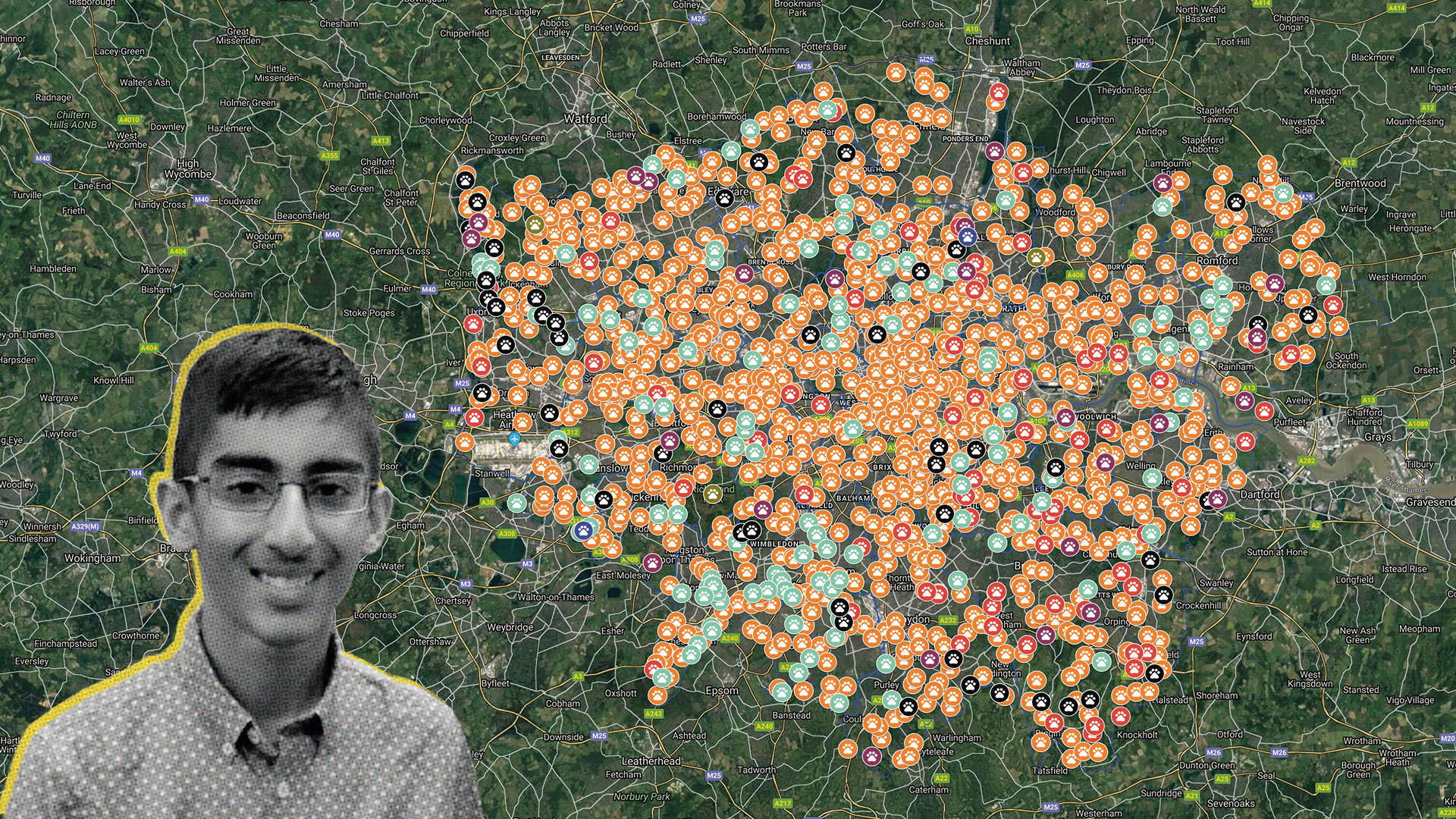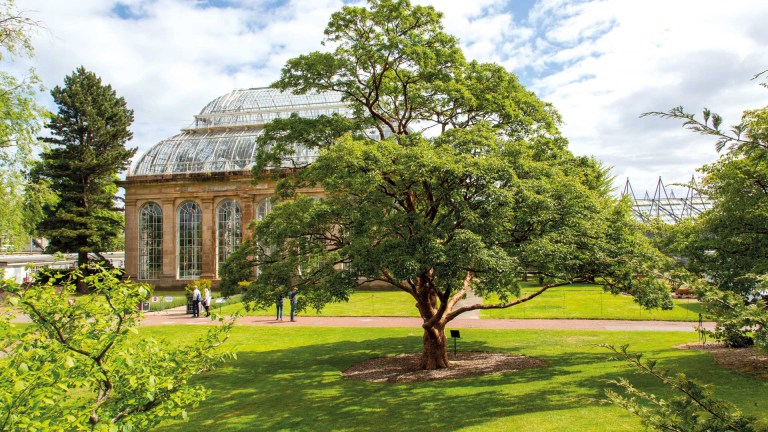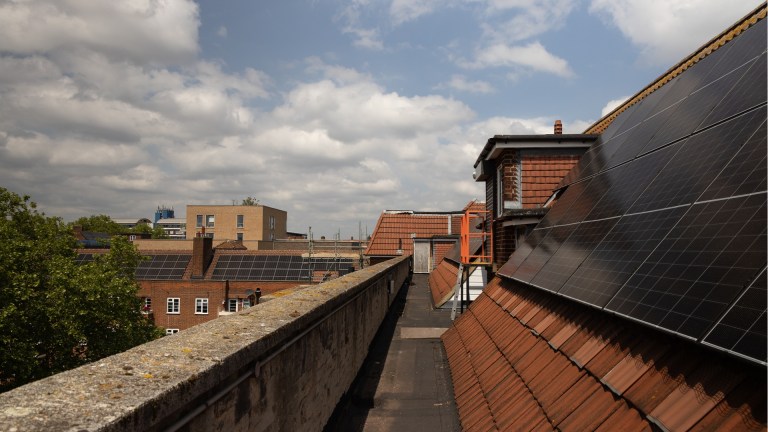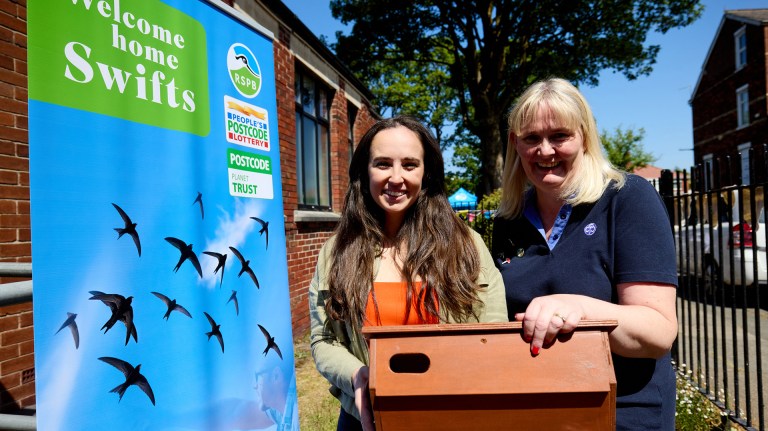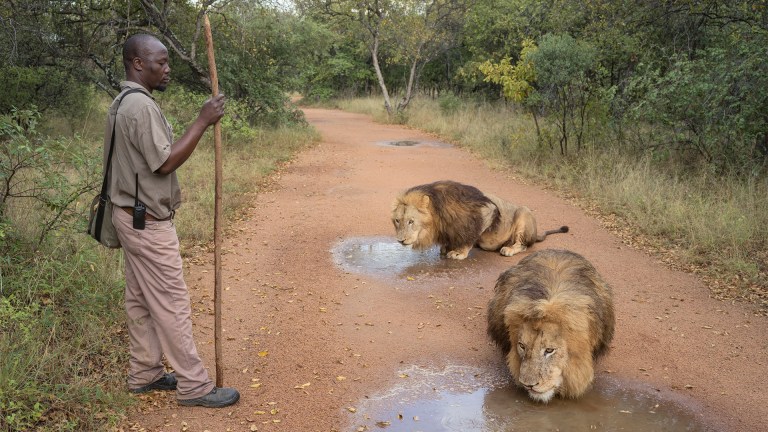I’m based in and obsessed with London. When I first started watching wildlife in the capital nearly three years ago, I wondered which nature reserves I should visit, and thought there might be a map of them. It turns out there was, but only of those run by certain organisations. It seemed adults were only recording the work of their own organisations, and not looking at all the wild spaces of London as a whole. There’s so much more to London than Hyde Park.
As my knowledge of the capital grew, I had the idea of creating the first complete map of nature reserves, a map which would help Londoners explore the capital’s often overlooked wild side. After about a year of using data from the Department for Environment, Food and Rural Affairs (Defra), I eventually compiled a map of these sites, using an application called Google My Maps, and called it Nature Reserves of London – 1st Edition.
Thank you @ChrisGPackham for the mention, and to @BigIssue for giving me the opportunity to write about the wild side of the capital, and how we can appreciate the urban jungle of London. Watch this space as London becomes a #NationalParkCity in less than 90 days! @LondonNPC https://t.co/rhDC2oLOHy
— Kabir Kaul (@Kaulofthewilduk) April 23, 2019
I soon discovered there was another very common type of site, not a nature reserve, called a Site of Importance for Nature Conservation (SINC), and these were designated by borough councils (these are the orange points on the map) and Greenspace Information for Greater London (GiGL), the organisation which keeps record of these sites, informed me about some other designations such as Ramsar, Special Area of Conservation and National Nature Reserve. For the next 18 months or so, I spent whatever time I could plotting more than 1,000 of these points, and recently, I’ve finally finished Nature Reserves of London – 2nd Edition. Currently, I am adding helpful links to the points on the map, which will inform visitors about opening times and accessibility.
I hope the map will encourage Londoners and tourists alike to discover and enjoy a wild space local to them, and embrace the enormous area of woodlands, wetlands and parkland London has to offer. When you explore this side of the capital, you would be surprised to know you can find a bittern in Barnes, a hedgehog in Stoke Newington, a grey seal in Erith and a pied flycatcher in Millwall! Furthermore, I am hopeful this will encourage everyone to view cities not as immense areas of noise, pollution and overcrowding, but places which have the enormous potential for nature and people to coexist harmoniously.
